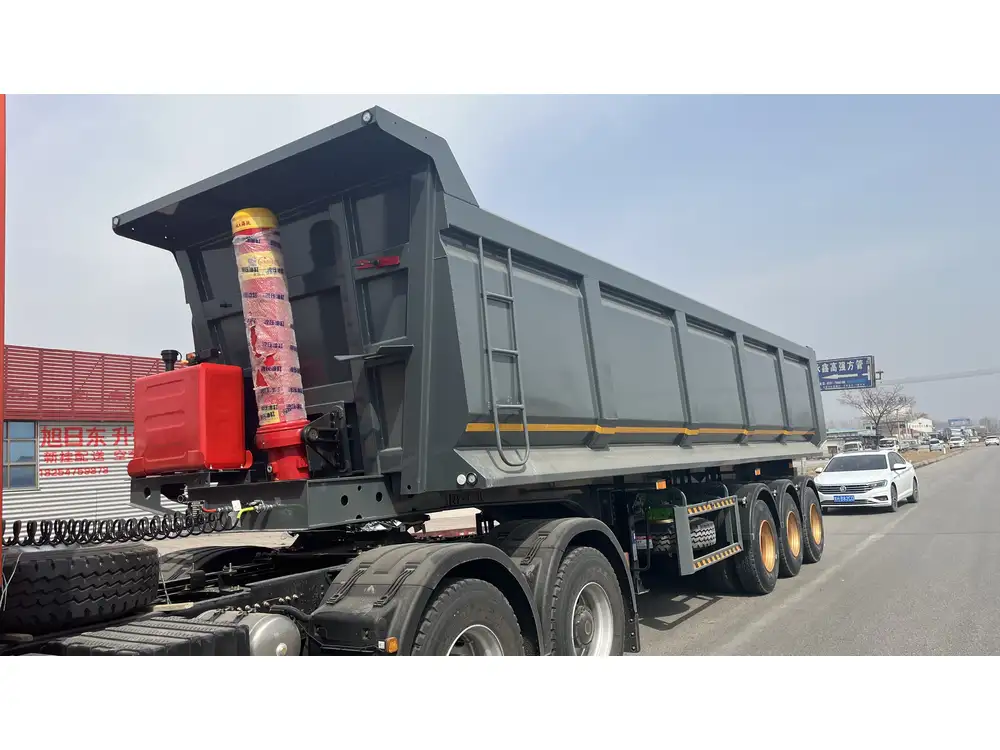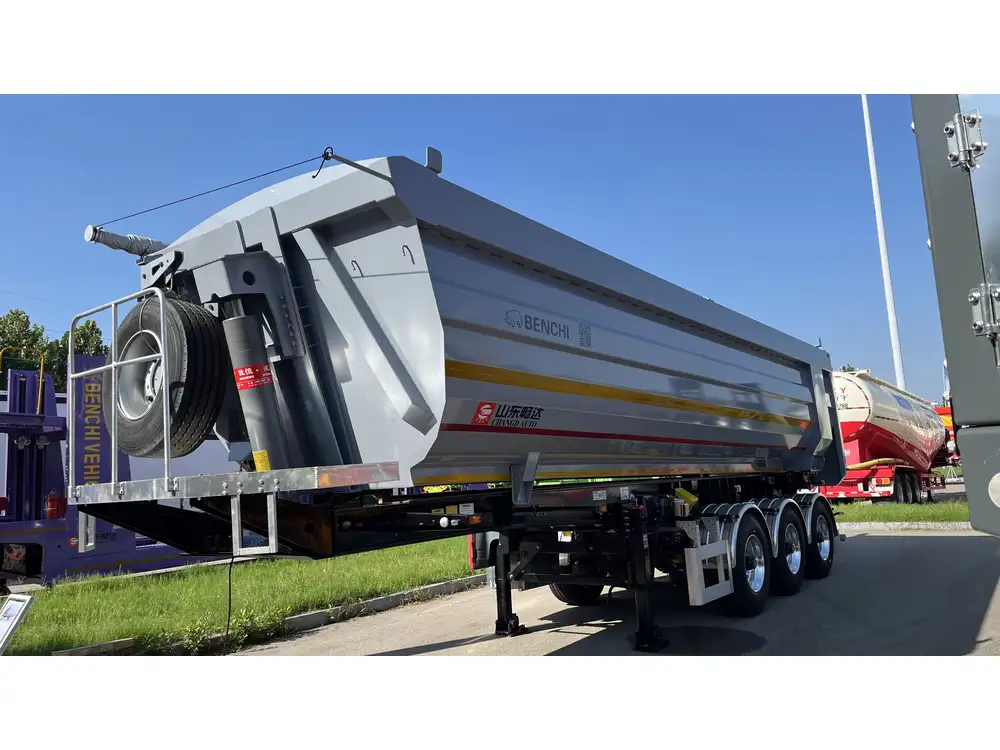When it comes to the logistics and transportation industries, the dimensions of semi-trailers are paramount. A thorough understanding of the width of semi-trailers is crucial for manufacturers, operators, and even regulatory bodies. In this article, we will delve deeply into the specifics surrounding semi-trailer widths, covering various aspects that can influence your choices and compliance with regulations.
Dimensions and Regulatory Standards
General Width Standards
The standard width of a semi-trailer typically measures 8.5 feet (102 inches) in the United States. This dimension is crucial as it aligns with federal regulations, which govern the allowable dimensions of vehicles operating on public roads. However, it is essential to note that local regulations may vary.
| Region | Standard Width |
|---|---|
| United States | 8.5 feet (102 inches) |
| Canada | 8.5 feet (102 inches) |
| Europe | 2.55 meters (approx. 8.37 feet) |

Increased Width Options
For certain specialized applications, wider configurations are permissible. These may include:
- Wide-load permits: Generally allow trailers over the standard width with the required permits.
- Specialized trailers: Such as those for oversized loads, where widths can reach up to 12 feet in some circumstances.
Important Considerations:
- Always check local laws and regulations concerning width limits for specific routes, as they can vary significantly.
Impact of Width on Load Capacity
How Width Affects Payload
The width of a semi-trailer directly impacts its cargo volume, which in turn affects the payload capacity. A wider trailer can accommodate larger or more items, which may be a critical consideration for manufacturers.
| Width | Average Payload Capacity |
|---|---|
| 8.5 feet | Up to 45,000 lbs |
| 9.5 feet | Up to 50,000 lbs |
| 10 feet | Up to 55,000 lbs |

Compatibility with Cargo Types
There are several types of cargo that benefit from wider trailers, including but not limited to:
- Construction materials: Such as plywood sheets or metal beams.
- Heavy machinery: Require specialized handling and may necessitate a wider base.
- Transporting vehicles: Like cars, where width allows for safe loading and stability.
Choosing the Right Semi-Trailer Width
Factors to Consider
Selecting the appropriate width involves a myriad of factors tailored to your specific operational needs:
Types of Cargo:
- Assess the dimensions and nature of what you’re transporting. Bulky goods may necessitate a broader trailer.
Regulatory Compliance:
- Ensure that the width meets local and federal requirements for the jurisdictions where you will operate.
Route Considerations:
- Analyze the routes you’ll be traveling. Some narrow roads or urban areas may impose restrictions.
Fuel Efficiency:
- Wider trailers can negatively impact aerodynamics, potentially lowering fuel efficiency.

Common Trailer Types and Their Widths
| Trailer Type | Standard Width | Common Uses |
|---|---|---|
| Flatbed | 8.5 feet (102 in) | Open cargo items, heavy loads |
| Reefer | 8.5 feet (102 in) | Temperature-sensitive materials |
| Dry Van | 8.5 feet (102 in) | General freight, packaged items |
| Specialized Trailers | Varies (12+ feet) | Oversized loads, specialized equipment |
The Cost Implications of Trailer Width
Initial Purchase vs. Long-term Investment
Wider trailers may come with higher upfront costs, including the purchase price and maintenance fees. However, a broader trailer also has the potential for increased revenue through greater payload capacities:
- Cost of Standard Trailer: $30,000 – $60,000
- Cost of Specialized/ Widened Trailer: $70,000 – $150,000

Maintenance and Operational Costs
Operational costs will vary based on trailer width:
- Wider Trailers: Generally subject to increased wear and tear, particularly in steering and suspension components.
- Insurance Rates: Cost can differ based on the trailer type and width, with wider trailers often incurring higher premiums.
Real-World Examples and Case Studies
Successful Adoption of Wider Trailers

Case Study: ABC Logistics
ABC Logistics opted for wider semi-trailers for their regional transport. The decision yielded a reported increase in operational efficiency by 25%, enabling them to transport oversized equipment without needing additional trips.
Challenges Faced by Operators
Case Study: XYZ Freight Co.
XYZ Freight Co. faced challenges with local regulations when transitioning to wider trailers. Despite the potential for increased loads, they encountered restrictive routes that limited access to key destinations, necessitating a mixed fleet approach.

Future Trends in Semi-Trailer Widths
Innovations in Trailer Design
The trucking industry is evolving, with continuous innovations in trailer design. Wider, more aerodynamic trailers are being developed to improve fuel economy and enhance cargo capacity. Consideration of automation in the logistics chain may also influence future trailer designs.
Regulatory Changes
Stay informed about potential regulatory changes affecting trailer dimensions. As environmental considerations come to the forefront, authorities may institute new standards intended to improve fuel efficiency, possibly influencing semi-trailer widths over time.

Conclusion
Understanding the width of semi-trailers is essential for manufacturers and operators alike. It impacts load capacity, compliance with road regulations, costs, and operational efficiency. By analyzing your specific needs and the implications of wider trailers, businesses can make informed choices that enhance their logistics strategies.
In a world striving for efficiency and compliance, knowing how to navigate regulations while maximizing payload potential is a key element for success in the semi-trailer manufacturing and trucking industries.



